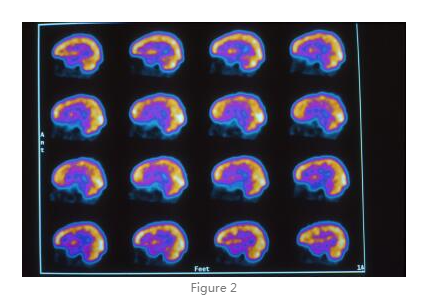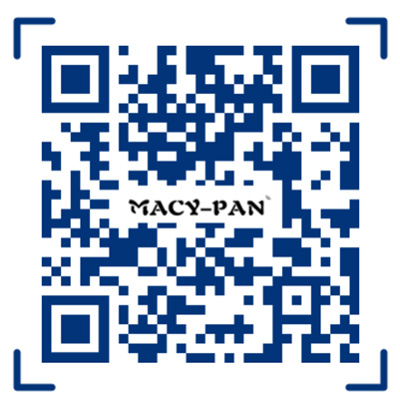Migraine Headache
Migraine is a type of headache, affecting over 10% of the world’s population. Migraines are three times as common in women as in men. Migraines are thought to be caused by genetic predisposition, combined with environmental factors that act as triggers to cause changes in the diameter of arteries to the brain (spasm or dilatation). Common identified triggers include hormones, particularly fluctuations in estrogen levels, foods (cheese, wine, processed food), foot additives such as aspartame and monosodium glutamate, alcohol, caffeinated beverages, stress, sensory stimuli such as bright or strobe lights, strong smells/odors, sleep disruption, physical factors, change in weather or barometric pressure, and medications.
What are the effects?
Migraines are usually described as an intense pulsing or throbbing pain on one side of the head, that occurs frequently, lasts hours, and is associated with other symptoms, including nausea, vomiting, and sensitivity to light, sound, smell, or touch, dizziness, or visual symptoms. Migraine headaches can increase in frequency and severity to the point of causing significant disability and loss of productivity and quality of life. Brain imaging studies have shown that migraines can cause long-term permanent injury.
Benefits from HBOT
HBOT causes the constriction of blood vessels in the body (the body’s protective response to increased oxygen). HBOT delivered at the time of acute migraine can help by constricting the dilated blood vessels that result in a pulsing sensation seen in migraine. In fact, increased oxygen is actually the primary treatment for cluster headaches. Dr. Harch’s research shows that if a migraine headache is the result of an injury to the brain (traumatic brain injury, toxic brain injury, etc.), the resultant headaches are one of the most responsive symptoms to HBOT. Studies on HBOT in migraine or cluster headache have shown that there is some evidence for HBOT in acute migraine and supplemental oxygen in cluster headache.
Case Study
Lieutenant Mike Meyers is a 72 year old who experienced four traumatic brain injuries while serving with the U.S. Army and Air Force in Vietnam. With the head injuries came debilitating migraine headaches described as crushing and vice-like, imbalance, short-term memory problems, incoordination, and other symptoms that plagued him for 35 years. Seeking help at the VA he had been prescribed a litany of pain medications, muscle relaxants, and psychoactive medications, none of while helped, and all of which made it difficult for him to work on a ladder in his rain gutter business.
In 2014 during a recruitment talk at a local church for veterans to participate in Dr. Harch’s new TBI HBOT study Mr. Meyers asked about the forgotten generation of veterans, Vietnam Veterans, who were excluded from the study due to the age of their injury. Although Mike was not eligible for the study Dr. Harch treated him with HBOT. In two months of treatment Mike experienced a cessation of his 35 years of headaches, with concomitant improvement in his other symptoms. To this day, nearly 5 years later, Mike is headache-free.
You can read about and see his story at: https://www.wwltv.com/article/news/health/local-treatment-shows-improvement-in-veterans-with-brain-damage/485432443





 +86 13621894001
+86 13621894001
 rank@macy-pan.com
rank@macy-pan.com
 +86-+8613621894001
+86-+8613621894001


 Tel:
Tel: Mob:
Mob: WhatsApp:
WhatsApp: Email:
Email: Add:Bldg 15, No.889 Guinan Road, Songjiang District, Shanghai, China
Add:Bldg 15, No.889 Guinan Road, Songjiang District, Shanghai, China